Fundacion de Amazonas was founded about 6 years ago, and its original goal was to provide shelter and employment opportunities …
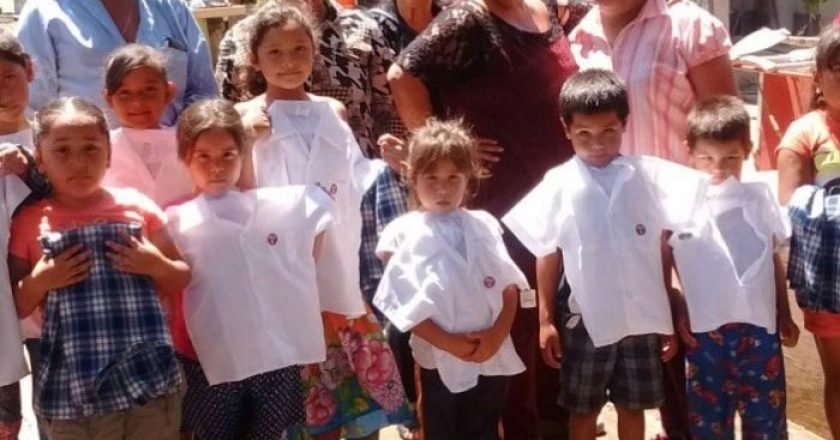

Fundacion de Amazonas was founded about 6 years ago, and its original goal was to provide shelter and employment opportunities …

Baja is deep into its annual fire season, and as in every year in recent history, brave firefighters are in …
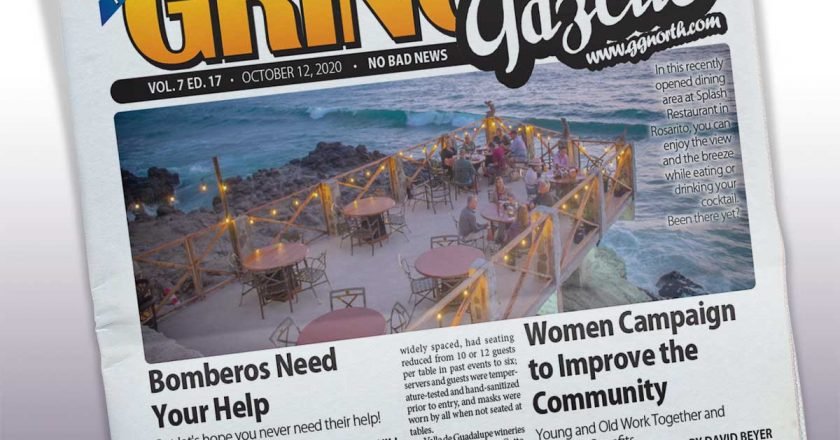
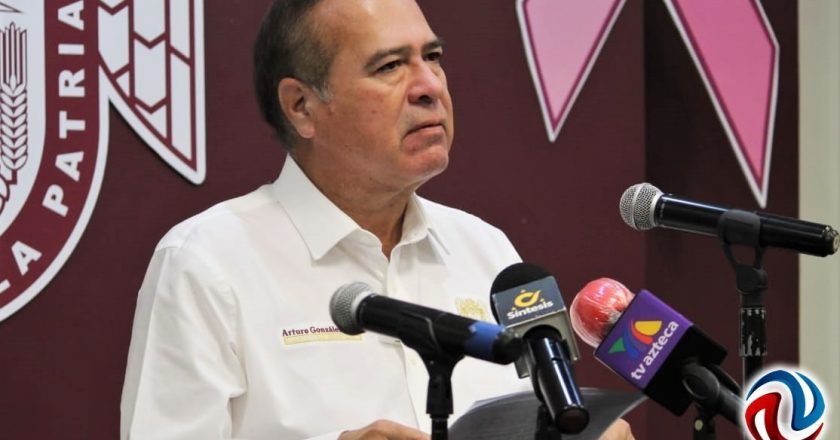
Arturo Gonzalez, mayor of Tijuana, surprisingly announced that he had submitted a leave of absence effective next Wednesday because he …
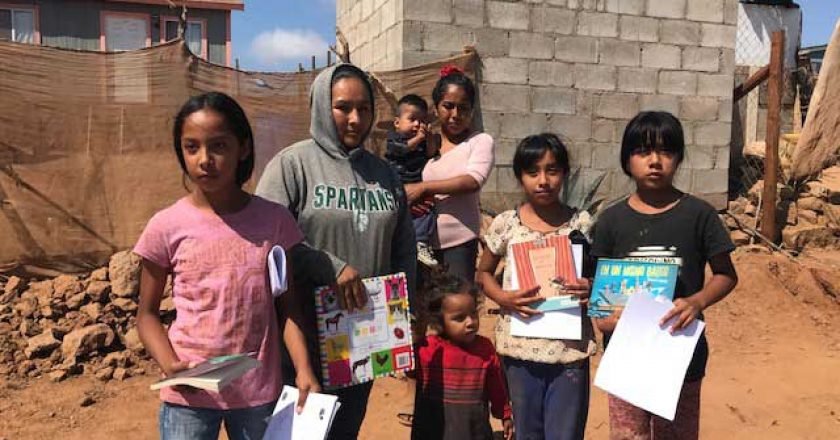
Debra Blake and Carol Woodruff are among the many expats working with the local community to improve the living standards …


Whenever I think of food sold in the Bufadora area, fish tacos, seafood cocktails and churros come to my mind. …
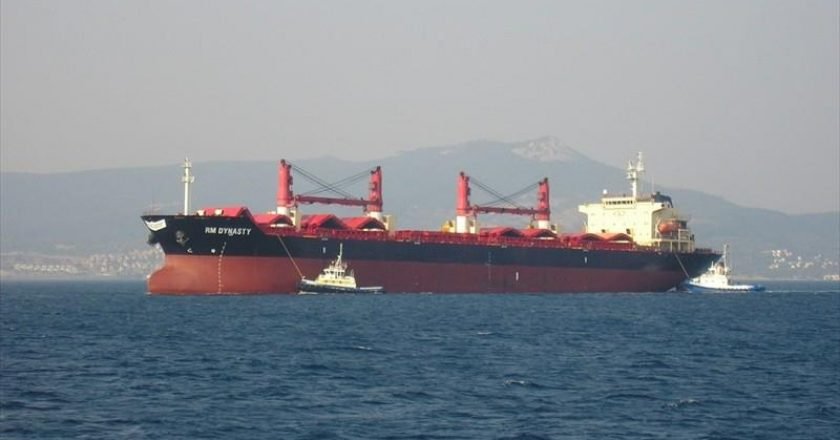
Tijuana-Tecate Passenger Train Announced. Mario Escobedo, head of the state economy and tourism office, said that the Tijuana-Tecate passenger train …

In the course of one’s lifetime, the people who have the most significant and lasting impact on us (besides the …
